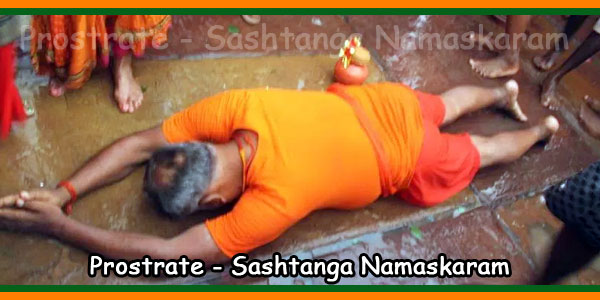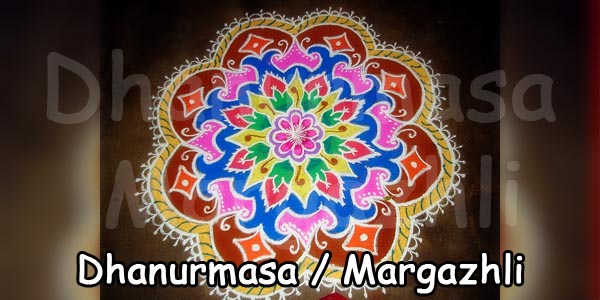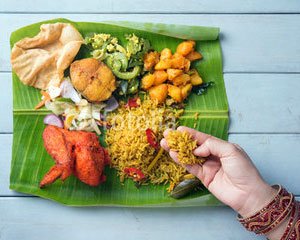Why do we Wear Tilak – Pottu – Bottu on Forehead
The tilak – pottu – Bottu invokes a feeling of holiness in the user and the others. It is recognized as a religious mark. Its shape and color vary according to the caste, the religious sect or the form of the worshiped Lord. In the past, the four castes (based on varna or color) – […]










